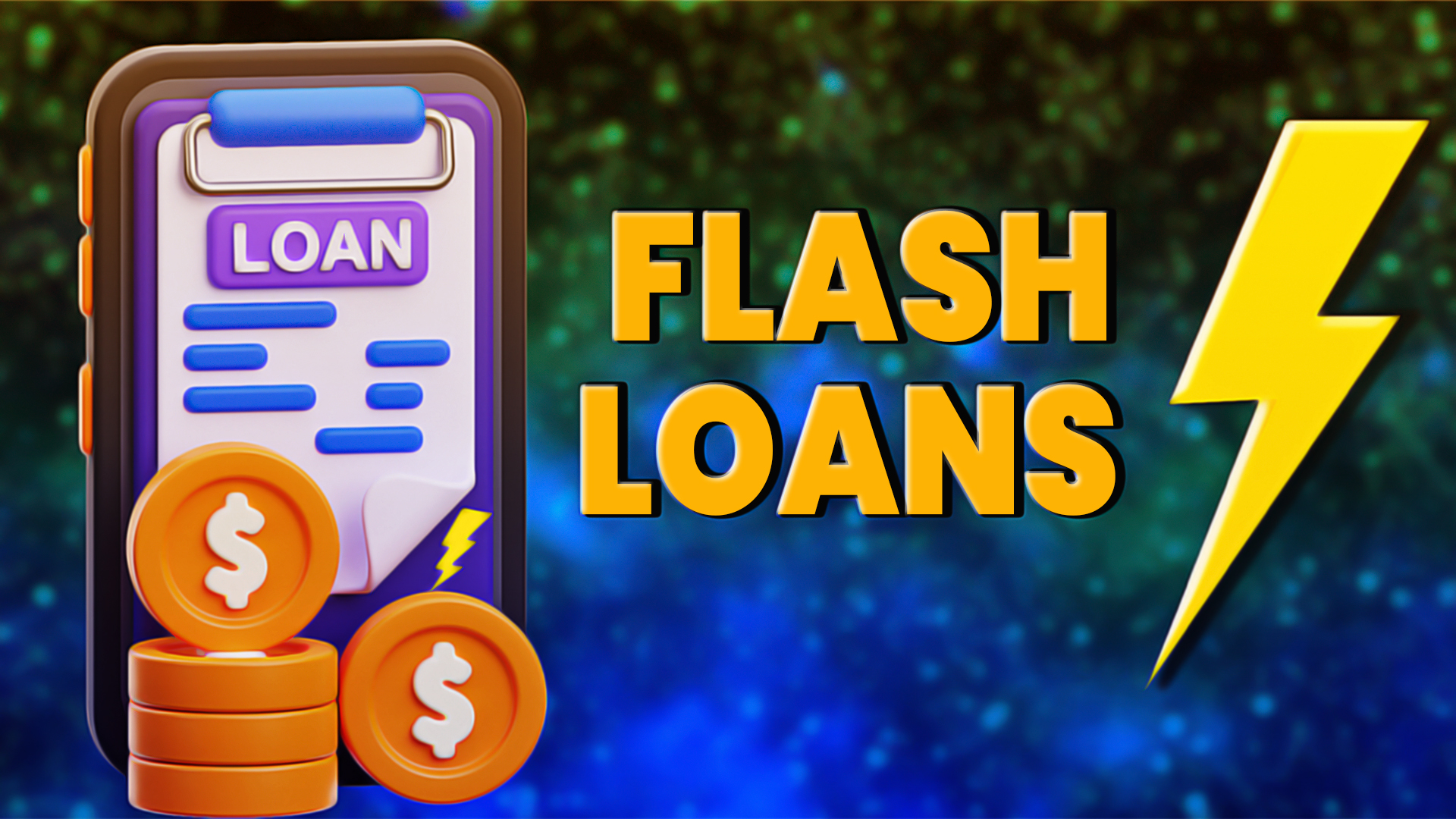
A Detailed Analysis of Flash Loans with their Pros and Cons
- Flash loans are a type of crypto lending where the loan needs to be repaid in the same transaction.
- It has emerged in the crypto space for its many benefits but it also has its cons for the crypto markets.
Flash loans are a new form of uncollateralized loans that have been introduced in DeFi not long ago. The basic term of the loan dictates that the borrowing and repaying of the assets should be done within the same transaction or block. If this condition is not fulfilled, the smart contract of the block will automatically cancel the whole transaction.
What are Flash Loans and how do they work
Flash loans are loans in the crypto space, which is governed by blockchain, whose main condition is that the borrowing and repayment must occur instantly within the same transaction, which in the blockchain network, is called a block. Unlike other loans, they do not require the borrower to provide a guarantee in the form of a certain collateral.
The concept of flash loan was introduced by the Ethereum blockchain based DeFi platform Aave in 2020. The assets are borrowed from an on-chain liquidity pool. If the borrower fails to return the loan before the completion of the block transaction on the blockchain (usually taking 5-12 minutes), the smart contract of the block automatically cancels the entire transaction and returns the assets to the lender..
This is dramatically different from collateralized loans where the borrower provides a collateral and returns the amount with interest over a decided period of time. In flash loans, no interest is charged. Instead, the platform charges a nominal fee, typically of 0.09% of the loan amount to carry out the transaction. A lender may also be rewarded for staking assets in the dApp’s liquidity pool.
To repay the loan instantly, within a few minutes, the borrower must have his DeFi tools ready beforehand. This means that just as the borrower requests for a loan on the platform, they have to create a logic of exchanges that are available right at hand on various DeFi platforms and try making a profit (within seconds or minutes). Right as they receive the loan amount, they need to execute these pre-designed operations, earn a profit and pay back the borrowed amount with the platform’s fee.
Pros and cons of Flash Loans in the crypto market
Flash loans have gained significant popularity in a small amount of time clearly indicates that it does have its benefits in the crypto market. It’s a win-win situation for both – the lender and the borrower as the lender gets to leverage their crypto assets to earn more which otherwise would be sitting idle, while the borrower gets to earn assets even when they don’t own a huge capital.
Flash loans can be exploited to take advantage of market arbitrage opportunities that arise in different markets.They increase incentivized liquidity and reduce market inefficiency by bringing it to an equilibrium. . Flash loans are therefore known as ‘market stabilizers’ as they bring equilibrium in the market which increases liquidity for everyone.
They can also be used for collateral swaps for investors who need to secure collateral for their debt refinancing and closing collateral debt position that they might have from previous collateralized loans. Another excellent advantage of flash loans is that it totally eliminates the possibility of loan default – which is typically a problem for the lender, and the borrower’s fear of losing collateral as the transaction will not be carried out if he cannot pay back the full amount of loan.
But not everything is golden for this new DeFi development. Being a fairly new tech, it is, more or less, still developing. This means that the current protocols and the programmed smart contracts are not secure enough. Hence, flash loans are notoriously prone to hacks known as ‘flash loan attacks’. Basically in a flash loan attack, a borrower tricks the lender into believing that the loan has been repaid when it is not.
The hacker can exploit the weakness in the lending mechanism of the smart contract. This is because the protocols associated with flash loans are highly vulnerable and not yet foolproof due to the technology’s early stage of development.. The codes can be corrupted or the smart contracts can be manipulated. There have been a number of examples in the past of high profile companies falling prey to flash loan attacks such as — PancakeBunny, dYdX and CREAM Finance.
Conclusion
Flash loans are highly vulnerable to flash loan attacks but their potential to promote healthy market ripples cannot be neglected. With the current systems, there are ways to protect the crypto markets against flash loan attacks. Better protocols, more secure programs and smart contracts can improve the condition.Considering the technology’s novelty, there is enormous potential for advancement. .
